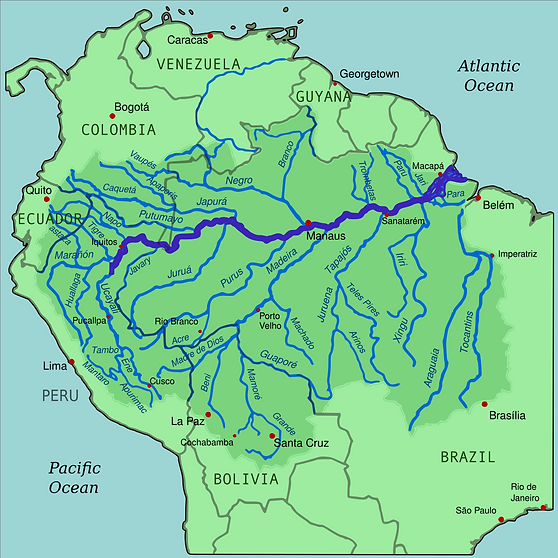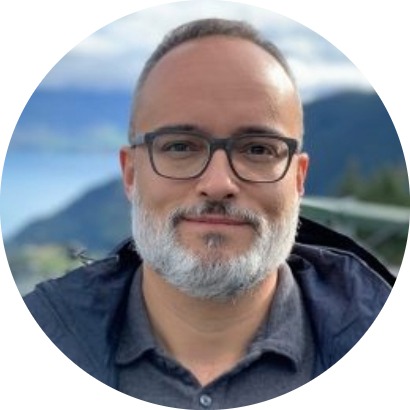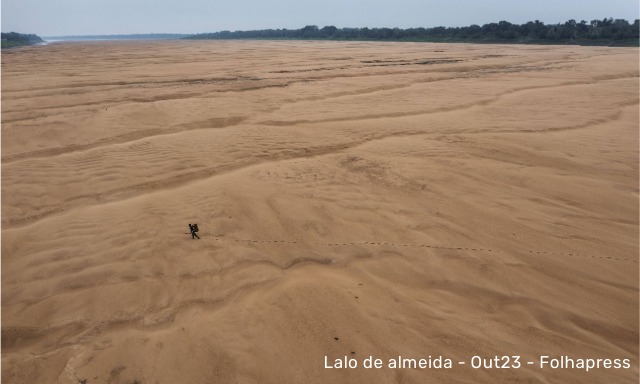In 1856, American Scientist Eunice Foote discovered the effects of global warming. In 1896, Svante Arrhenius, a Swedish scientist, proposed that changes in the concentration of CO2 in the atmosphere could alter the Earth’s temperature. In 1938, English engineer Guy Callendar presented a theory connecting increased CO2 concentrations in the atmosphere to global warming. Almost 140 years after Foote’s initial observation, in 1992, the city of Rio de Janeiro hosted the Earth Summit, the informal name of the United Nations Conference on the Environment and Development. At that event 31 years ago, 154 member states signed an international treaty aimed at stabilizing greenhouse gas concentrations in the atmosphere to address human interference in the climate. I was in my teens, living in Brazil, and I remember the country’s pride in hosting such a significant event.
Since then, our collective awareness and concern for the climate have significantly increased, with numerous actions taken to change our trajectory. However, these efforts have not been sufficient to curb emissions. The concentration of greenhouse gases in the atmosphere continues to rise under a business-as-usual approach. This year, the news extensively covered the disasters resulting from the changes we humans are causing in the Earth’s climate—increasing frequency and intensity of droughts, floods, fires, and storms worldwide. And the hottest summer on record – so far.
Despite years of reports on the Amazon Rainforest, the images recently posted were beyond my imagination—the river feeding this biodiverse and critical forest is dry. Later I would find that it is not the first time it has happened. Locally, these droughts have devastating consequences for the indigenous peoples in the area, leading to disease and starvation. These are the people fighting to keep the forest standing. And from a Systems Thinking perspective, the drought has devastating implications for the planet.

The Amazon River traverses the forest and disregards human-made borders, flowing through approximately 6,500 km (a little over 4,000 miles) and being fed by affluents spanning seven countries in South America: Brazil, Peru, Colombia, Venezuela, Ecuador, Bolivia, and Guiana. It is widely known as the river with the largest volume of water in the world, and the second longest. In Brazil, the upper Amazon River before the city of Manaus is called the Solimões River, and after Manaus, it becomes the Amazon River, where the Solimões merges with the Rio Negro and continues its journey to the Atlantic.

When I saw the images and read the articles, my initial reflection was, “How am I contributing to this situation, and why isn’t the media connecting what is happening in the Amazon and the climate to our collective behaviour and societal values?” On social media, I observed people blaming various entities – the current federal government, the previous federal government, the local government, the media for not reporting it enough, capitalism, and even the indigenous peoples. I felt fascinated, puzzled, and outraged to see how all these “explanations” seemed disconnected from each other and based on the outside. There were no connections made by the news outlets or social media users on how we are all a part of the system and are therefore contributing to the situation we are currently in.
Government policies, organizational actions, corporate responsibility, activism, and media coverage are all vital for driving change. However, it often seems that the responsibility is disproportionately placed on individuals. While individual actions can make a difference, systemic change is equally critical.
Some actions available to individuals may be less effective when not viewed in isolation. For instance:
-
Cutting the use of plastic straws is a nice initiative if we think of the action as an isolated one. One out of a system. But if we are still growing the amount of drinks being pushed to be sold and the amount of plastic being produced to bottle drinks, the straw initiative is not enough. Beyond the plastic, we also have the energy and the resources required in the production and transportation chains to get the drink conveniently placed at the check out of the grocery store next to us.
-
Switching our light bulbs and appliances to more energy-efficient ones is great, if we were not adding more light bulbs in our homes, more appliances to be connected to a larger number of outlets. And if the system was not set up for us to update our appliances frequently to the new, better-designed, smarter model. We are again, using more energy and resources.
-
It is great if you can choose to buy cotton clothes to reduce synthetic materials being used or to reduce microplastics in the ocean when washing them. But if we need another closet to put all the pieces we now have, we are not considering the whole system and the energy involved in the production and distribution of each of our clothing pieces. Another issue is how garments, fabric and threads are discarded, making the fashion industry responsible for about 10% of all carbon emissions.
Only focusing on the materials used to make our stuff while continuing to accumulate more stuff, does not reduce the amount of energy that is being used to plant, water, collect and sort the cotton that goes into yarns. It’s not considering the energy used to transport, dye and process the yarns to make them into fabric. It’s not considering the energy needed to transport the fabric, and to make it into clothing pieces, which will be then transported, stored, displayed, sold online and shipped to our door. It’s a chain that requires material and energy and is indicative of our energy and material blindness. If you would like to explore more on energy blindness, this episode of the Great Simplification podcast can be a great source.
The climate crisis we are facing is directly connected to our use of energy. The more we produce, the more energy we use in the whole chain. From extraction of materials all the way to waste management, every system needs a source of energy. The crisis is also greatly connected to the emissions of our current, industrialized food system. The increase in the accumulation of GHG in the atmosphere from a little under 280 ppm (parts per million) in the 1750s, to around 320 ppm (parts per million) in the 1950s to over 420 ppm in 2020 is connected to our human activity, which requires energy. And our industrial food system is responsible for 26% of global greenhouse gas emissions. In Brazil, according to new data just released, food production is responsible for 73.7% of emissions of the country (especially through deforestation). Of these, around 77% are related to the chain of production of beef alone. It’s important to note that not all the food is produced to be consumed in Brazil.
So, what have I done to contribute to the Amazon River going dry? I have travelled by plane, used cars for distances that could be used by public transport, consumed more than I needed, been influenced by people and companies, eaten ultra-processed foods, wasted food, and eaten meat and lots, lots of cheese. With increased awareness from joining Common Earth, I have changed many of my beliefs and habits. But I continue on a journey supported by a wonderful community that allows me to reflect and act.
There is no criticism here. We are each part of a very well-engineered system that has been working for many years. We are so embedded in it, that it’s natural to find it hard to see the system more globally. We don’t see the forest from the trees.
The Amazon River is just one example of many issues happening, which are all connected. In the Common Earth: Insights course we have learned from the text An Introduction to Systems Thinking by Draper L. Kauffman and Morgan D. Kaufmann: “A system is a collection of parts that interact with each other to function as a whole”. Understanding these interconnections is important for us to move from an understanding that this draught is not just a series of disconnected actions. It’s all connected.
This reflection is intended to inspire action and awareness, not to generate guilt. It’s an invitation for you to explore the interconnectedness of seemingly disparate issues and to reflect on how you may have contributed to the drought of the river with the largest volume of water in the world. And what is needed for us to change our trajectory?


